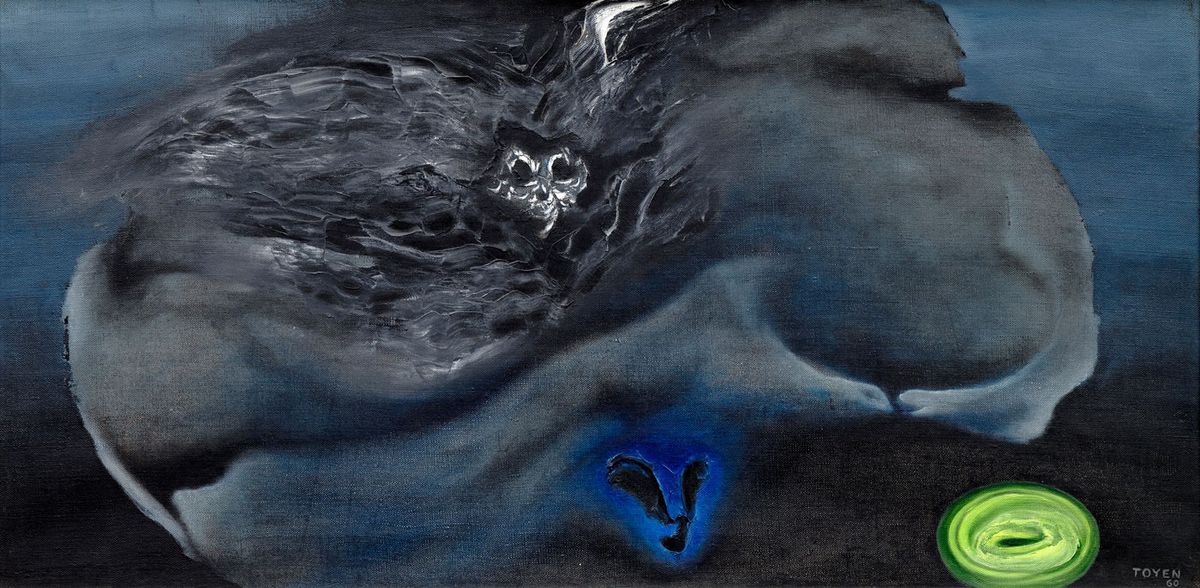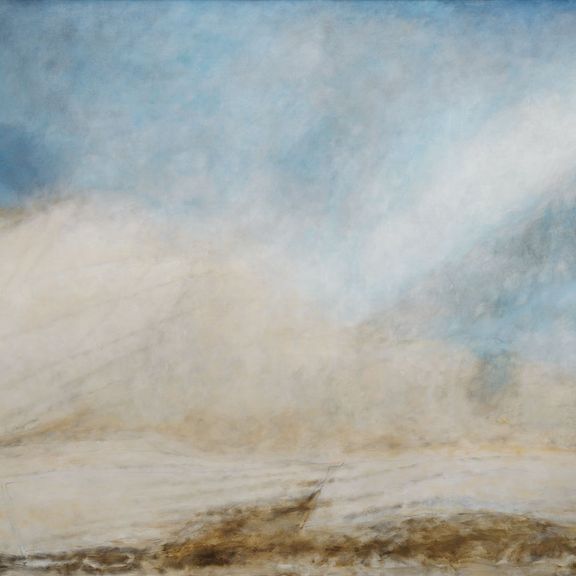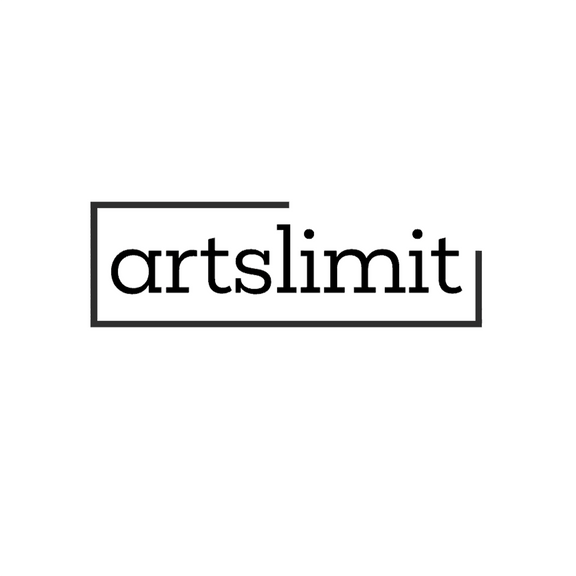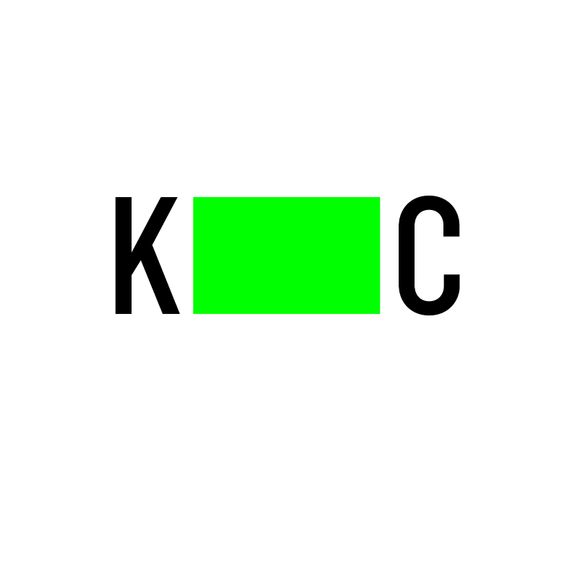
oil on canvas
1960
lower right
40 × 80 cm
frame
This ethereal yet profoundly dark canvas is a masterful example of the artist’s increasingly valued and sought-after Parisian period from the beginning of the 1960s. In this period, her works became darker, hiding all kinds of creatures, subject to the beholder’s imagination. Un vide, un silence (Emptiness, silence) is a testament to the dematerialisation of forms that the artist naturally reached at this time to directly portray her visions and perception of the world. In doing so, she balanced on the boundary between abstraction and reality and lost nothing from her distinctive concept and concentration on the subject matter. In the presented work, Toyen captured an owl’s head with thick white outlines coming into the foreground from dark clouds floating in a black, indeterminate space, which seems to be just emerging in front of the viewer. This creature with no body then moves towards a yellow ovoid, resembling a coiled snake, and in the space between them, a petal floats appearing from a blue aura. The black void thus becomes home to the flickering traces of fleeting life that appear for a moment and disappear again. By setting the scene in a night landscape, Toyen captured the elusiveness and changing atmosphere of dreams and nightmares and concurrently reflected on her surrealistic orientation, thoughts and her unconscious. The painting originally came directly from Toyen’s estate, as evidenced by the stamp on the reverse. Its high value for collectors is enhanced by its presentation at the artist’s solo exhibition in Paris in 1963 (Galerie Raymond Cordier, Paris, June 1963, cat. No. 3). From there, it was purchased for a Swiss collection (Hotel Druout, Paris, 21/06/1982, cat. No. 27) and in October 2022, after fifty years, it was exhibited again at the Sotheby’s auction house in Paris. The Paris address of André Breton, (42 Rue Fontaine), the head representative of surrealism, is inscribed on the stretcher, referring to the strong bond between him and the artist. After his death in 1966, Toyen acquired the use of his studio and worked there for a long time. Assessed during consultations by PhDr. R. Michalová, Ph.D., and prof. J. Zemina. The expertise of PhDr. K. Srp is attached.







